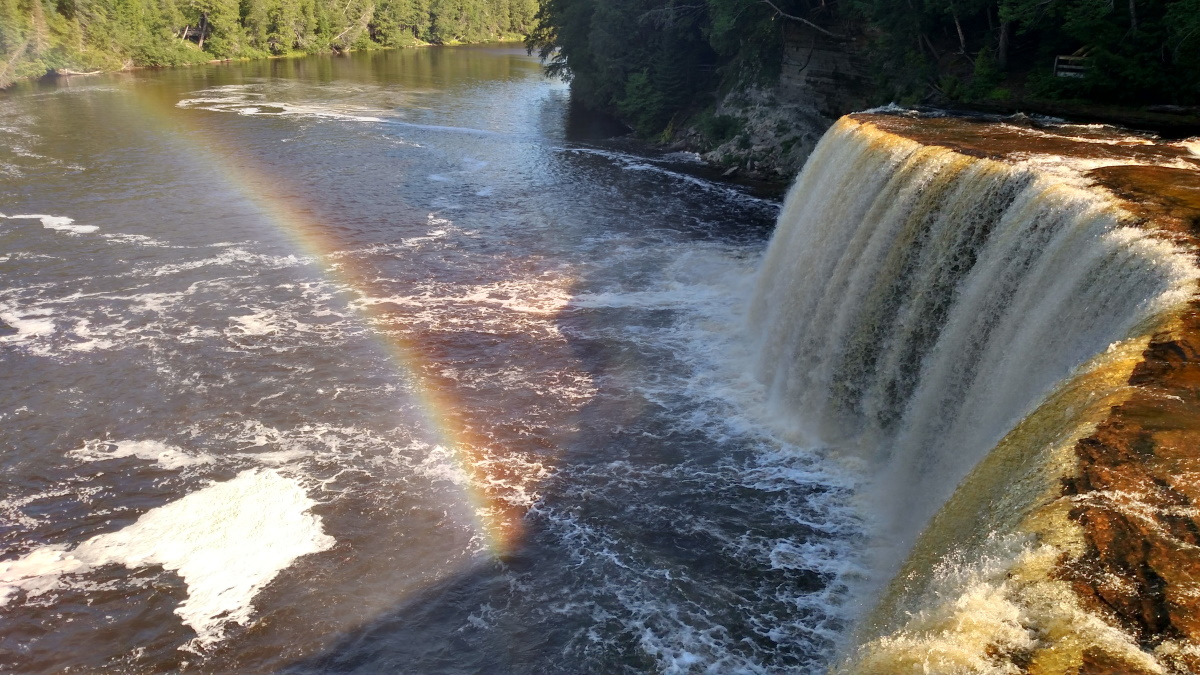
Survival: Water
The human body needs water. You can survive three minutes without oxygen, three hours without shelter (in harsh elements), and only three days without clean water. That being the case, in a survival situation, or even if your home suffers a multi-day power outage, it’s important to be able to acquire water, and if necessary, purify and store that water. We’ll unpack a few options in each of those areas.
As a rule of thumb, assume that you will need one gallon of water per person per day. So if you have a family of five, you’ll need a supply of at least 5 gallons a day, or 35 gallons a week. If you have pets, assume they’ll need some water as well.
Collecting Water
Some parts of the United States make collection of water far more difficult than others. In some states, it is actually illegal to collect water, even on your own property. But for those of us who still have such freedom, there are some things to keep in mind. First, moving water is always safer than stale or stagnant water. If you need to collect water, look first to a stream, spring, or river, then to a lake, and finally to ponds or puddles. Water that doesn’t move tends to house all kinds of critters, many of which you do not want to put into your body.
Another great way to collect water is to capture it when it comes out of the sky. If you rig a collection barrel (or several barrels) to collect water off of your roof, you can have a good water supply almost year-round. Even in non-life-or-death situations, you can use this collected water to water your gardens or wash your cars or any other activities that could save your money or your well.
If all else fails, you can actually collect small amounts of water by tying plastic bags around tree branches with green leaves, especially in the morning hours. If the bag is sealed, water will collect inside the bag and can then be combined with several other bags. Try that this coming summer if you don’t believe it.
For a great list of water collection designs, take a look at this post.
Purification of Water
Just because you’ve found a source of water doesn’t mean you can drink it… yet. A lot of water contains bacteria, chemicals, and other harmful things that could decimate your body at a time when you need to be on top of your game. There are a number of ways to purify water once you’ve collected it.
Boil Water: Bringing any water to a rolling boil will effectively kill any living organisms. Once the water cools, you can then drink it. It may not taste the greatest, but it will hydrate your body.
LifeStraw: If you’re outdoors and away from clean running water, you would be wise to pack along a LifeStraw. These are lightweight and can filter as many as 1,000 gallons of water before they’re expired. Having a few in your home will also allow you to add an additional level of purification beyond boiling or collecting clean water.
Countertop Filters: If you have a good source of water but want to filter it regularly, you can invest in a home water filter such as this Berkey Filter. A lot of people use one of these filters on a daily basis anyway just to remove some of the chemicals and other contaminants from tap water.
Chemical Treatment: Finally, if you don’t have any of the above options, you can keep water purification tablets on hand which will kill any living creatures in the water before you drink it. These don’t always taste the best, but again, water will keep you alive even if it doesn’t taste great.
Storing Water
Once you’ve collected water, there are many ways to store it, but you should stock up on some of these things now so you’ll have them when the need arises.
Two Liter Pop Bottles: Each bottle can be cleaned and used to store water anywhere that isn’t frozen. Milk jugs are not a good idea because if you don’t get them totally clean, the milk can have bacteria that ruin the water over time.
55 Gallon Drums: As you saw from the site on water collection, you can easily store water in 55 gallon drums. These can be quickly adapted to collect, store, and dispense water easily, though water should be filtered and purified before drinking as it is stagnant water and could have bacteria in them.
Rigid Containers: You can also purchase rigid, stackable containers that are designed to store water long-term.
Water Bobs: If you have some advance knowledge of a water shortage or power outage (e.g., you know that an ice storm is coming through that could take your power out for several days), you can use a WaterBOB to store up to 100 gallons of water in your bathtub. This can be a great short-term solution if you can get it filled before the lights go out.
IMPORTANT NOTE: If you are going to store water, there are a couple things you should keep in mind. First, be sure to cycle your water stores every six months to keep it fresh and clear of bacterial growth. Second, you can add a bit of extra safety if you put small amounts of chlorine bleach in stored water. The ratio is ¼ teaspoon of bleach per gallon of water, or 1 teaspoon for 5 gallons of water. This can be done in conjunction with the other purification steps listed above, but will improve the quality of your water over time.
